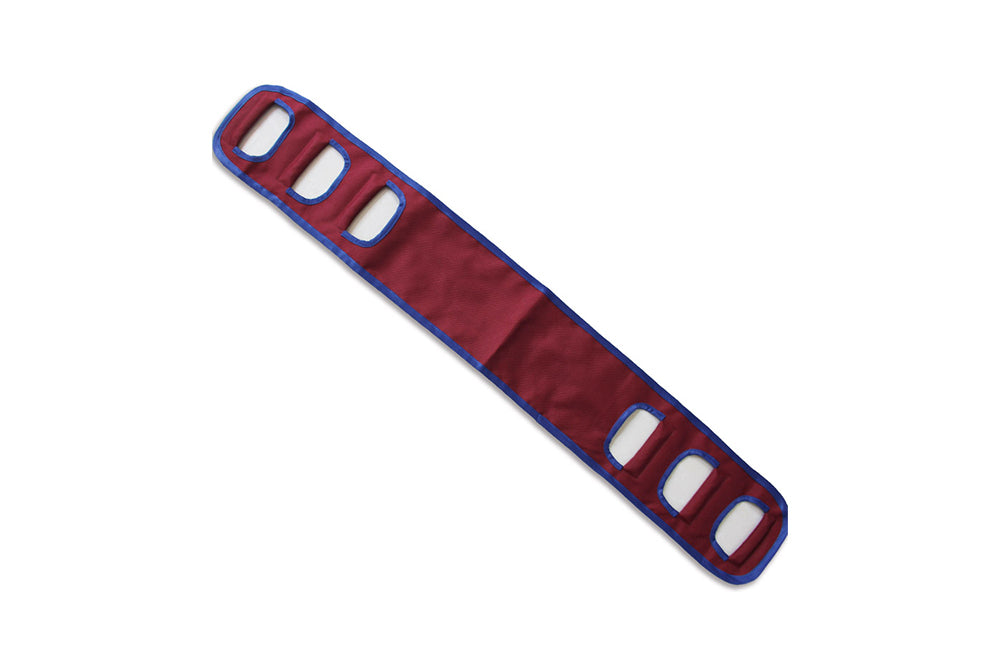Lifting Techniques for Home Caregivers
Taking care of a spouse or family member at home is an emotional and physical challenge. Meeting the physical requirements of lifting, turning, and transferring relatives can put patients and caregivers at risk of injury.
The most common injuries for caregivers are the back, neck, and shoulders, and they are often caused by overuse-repeating the same lifting or pulling action.
Paramedics are at the greatest risk of injury in the following situations.
-Pull the person lying on the bed to a sitting position.
-Transfer a person from the bed to the wheelchair.
-Leaning over a person for a long time.
Using the correct lifting technique can help prevent injuries. This article provides some general guidelines for safe lifting and transferring patients. Many communities and local hospitals provide training to help non-professionals properly care for family members in the home.
Lifting skills
Some general guidelines to follow when you lift or move a person include.
-Keep your head and neck properly aligned with your spine; your head, neck and back should be as straight as possible.
-Maintain the natural curve of the spine; bend with hips and knees instead of bending from the back.
-Avoid twisting your body when moving people.
-Always keep the person being transported close to your body.
-Keep your feet shoulder-width apart to maintain your balance.
-Use your leg muscles to lift and/or pull.
If the person is uncooperative, too heavy, or in an awkward position, ask for help.
Sit up in bed
Move the person lying on the bed to the wheelchair, place the chair near the bed and lock the wheels.
If the person does not have enough strength to push up with his hands and become a sitting position, put one hand under the person's leg and the other hand on his back.
Move the person's legs to the edge of the bed while turning their body so that the person will eventually sit on the edge of the bed.
Keep your feet shoulder-width apart, your knees bent, and your back straight.
Stand up
If the person needs help to get into the wheelchair, place the person's feet on the floor and slightly separate them. Face the other person and put their hands on the bed or on your shoulders.
Your feet should be shoulder-width apart and your knees bent. Pass your arms around the opponent's back and clasp your hands tightly together. Hold the person tightly, lean back, and transfer your weight.
Nurses, physiotherapists, and others in the hospital often use lifting belts tied to a person's waist to help with these types of movements. The nursing staff can grasp the waist belt when lifting the patient.
While sitting
Move toward the wheelchair, bend the knees, and put the patient in the chair.
Make sure that the patient puts both hands on the armrest of the chair before putting it down.
